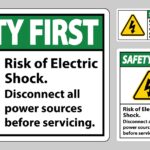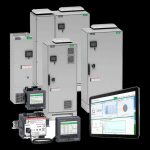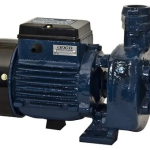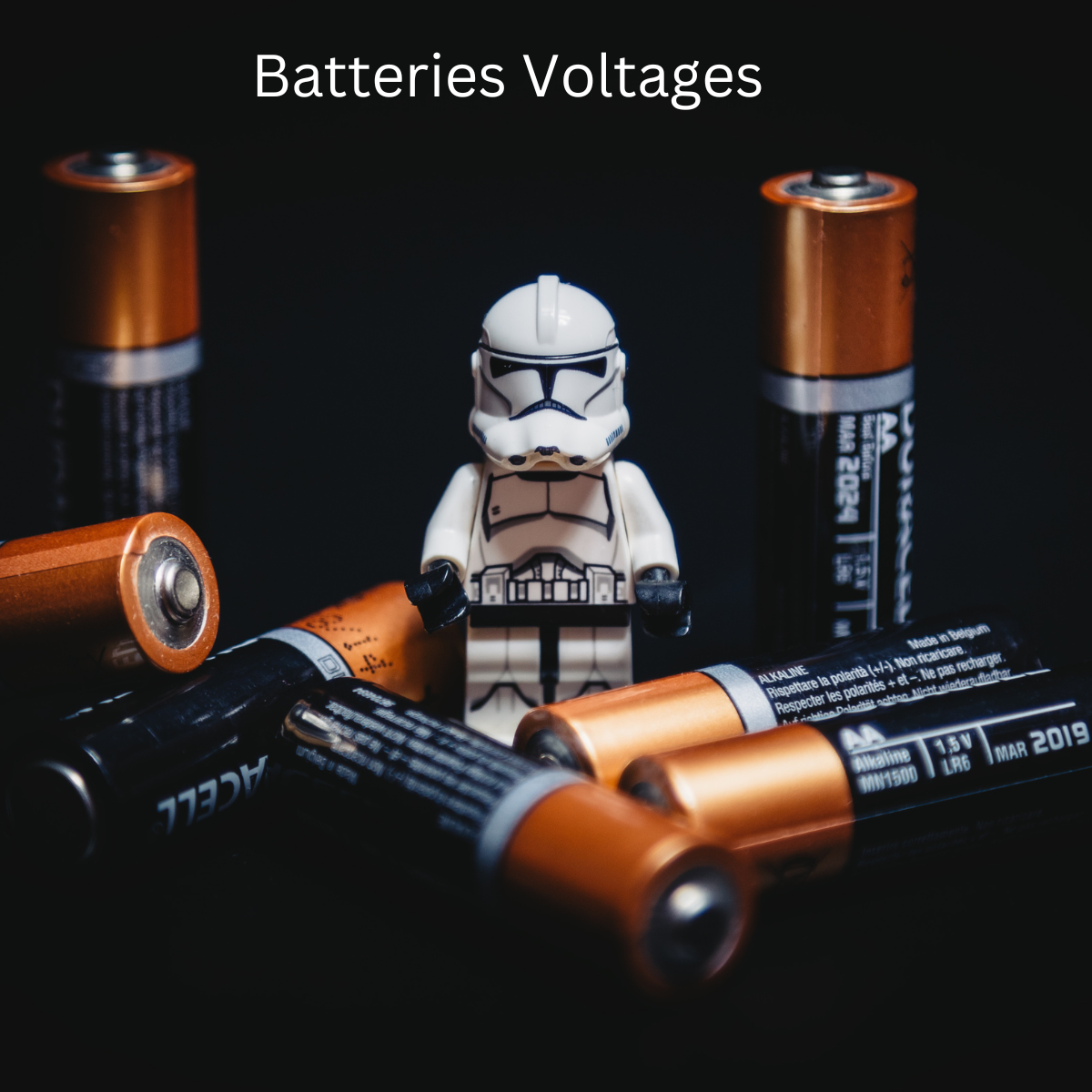
C Batteries: A Brief Introduction

C batteries, also called C cell batteries or LR14 batteries, are dry cell battery types designed to power a range of portable electronic devices and household equipment with long-lasting power. These batteries come in varied sizes with popular sizes including AA and AAA. They are ideal for providing a reliable power source for several devices, including radios, toys, and torches with different voltage and capacity ranges. Furthermore, they are available as rechargeable and non-rechargeable c battery types. In addition, C batteries offer multiple advantages over other standard batteries with impressive specifications.
Advantages of C Batteries:
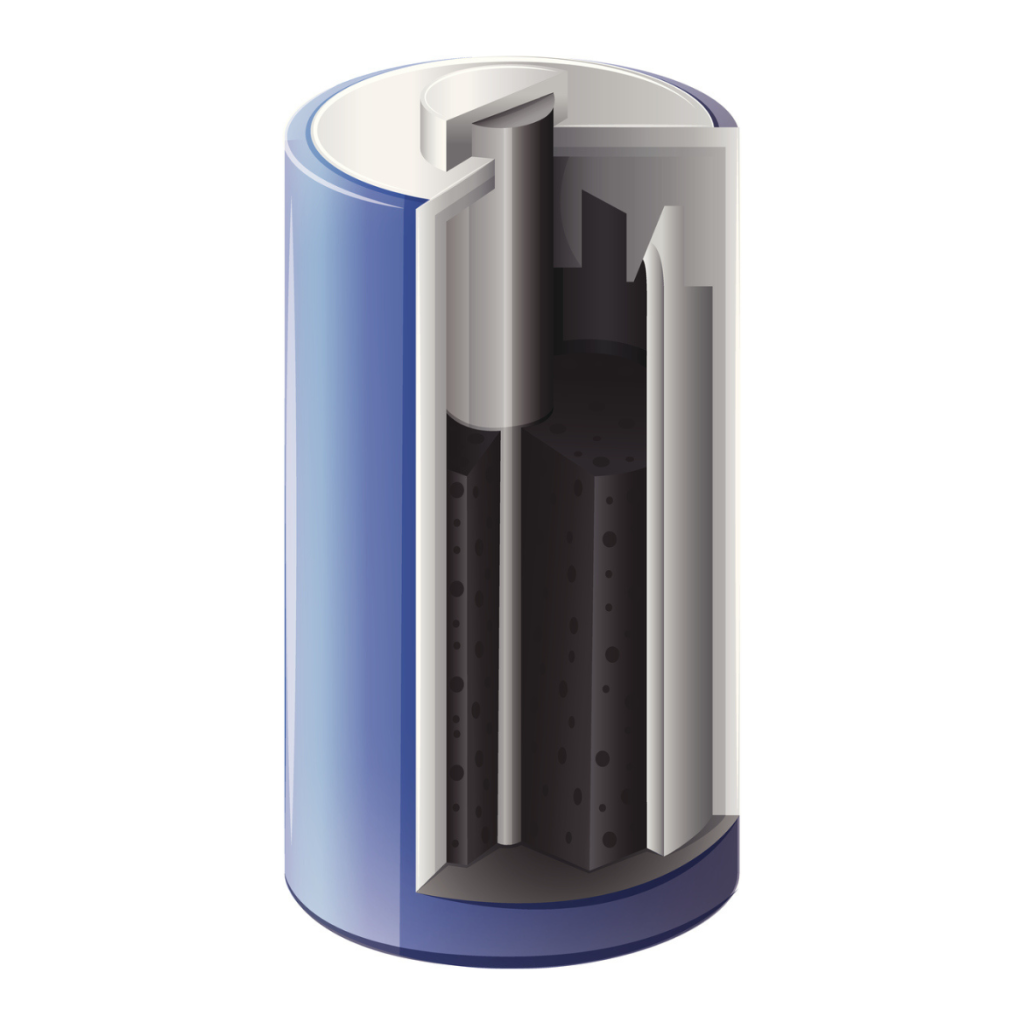
C battery offers unmatchable benefits with excellent features, including:
- They are easy to use.
- Ideal for multiple applications.
- They are reliable and exceptionally durable.
- Compatible and high-performance chargers (combo packs).
- Available in multiple sizes.
- Offer long-lasting performance.
- Available in different varieties.
- They are inexpensive and easy to store for a long time.
Devices That Power Using C Batteries:
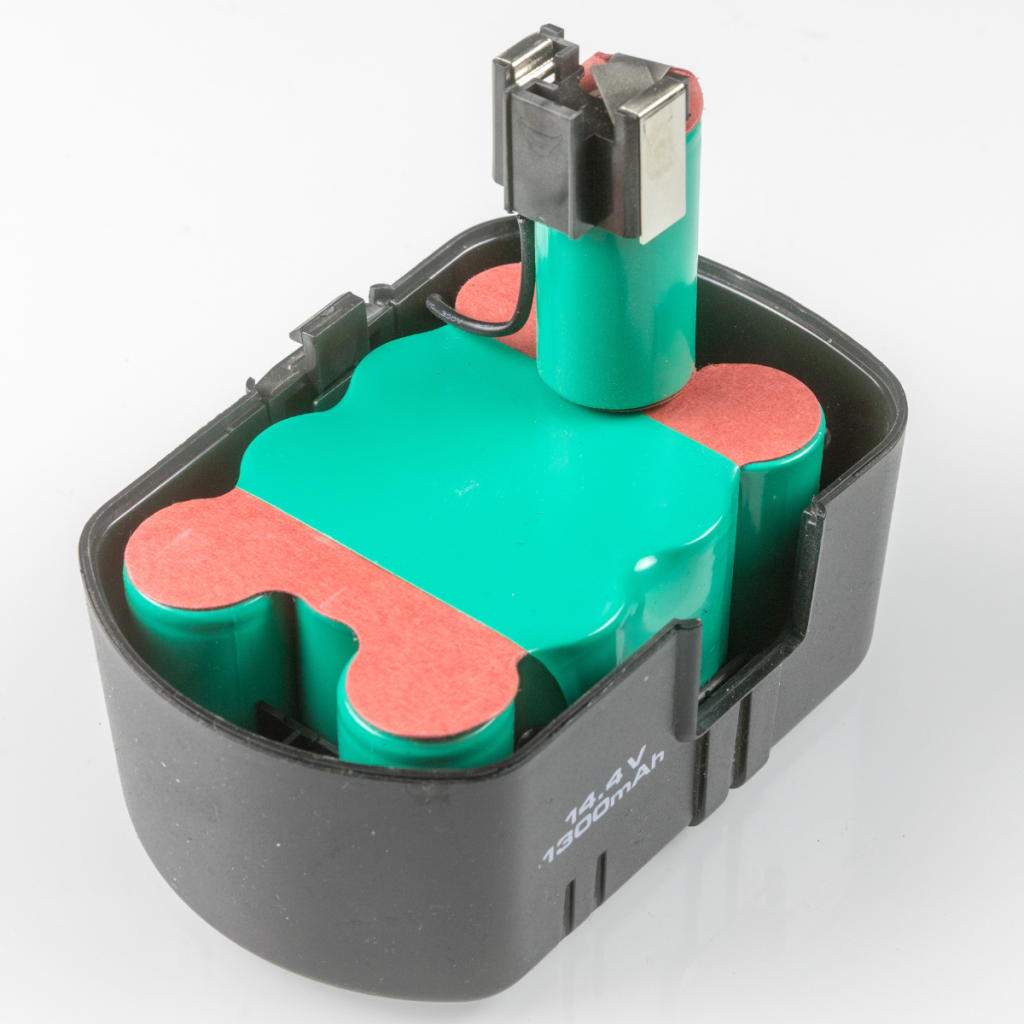
Devices with medium- to high-power consumption require C batteries for a reliable and long-lasting charge, including:
- Toys
- Cameras
- Torches
- Walkie-talkies
- Radios
- Musical Instruments
- Intruder Alarms.
Types of C Batteries Based on Chemicals
C batteries are differentiated into alkaline and lithium batteries based on their design materials. Their types are explained briefly:
- Alkaline C Battery
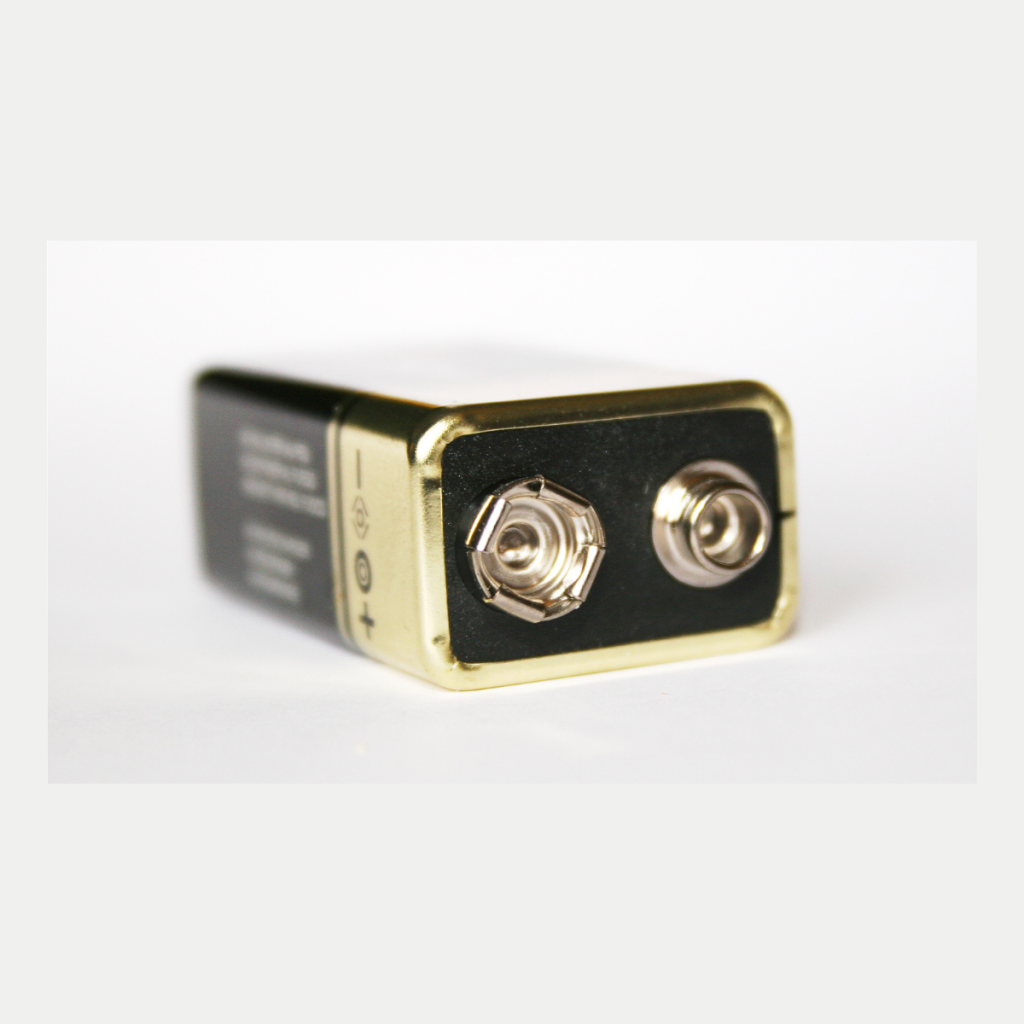
Alkaline batteries are one of the most popular and widely used battery types based on potassium hydroxide’s alkaline electrolyte. These batteries have a long shelf life and offer long-lasting and extra power. They also offer extreme energy density and find their applications mostly in daily household items.
- Lithium C Batteries
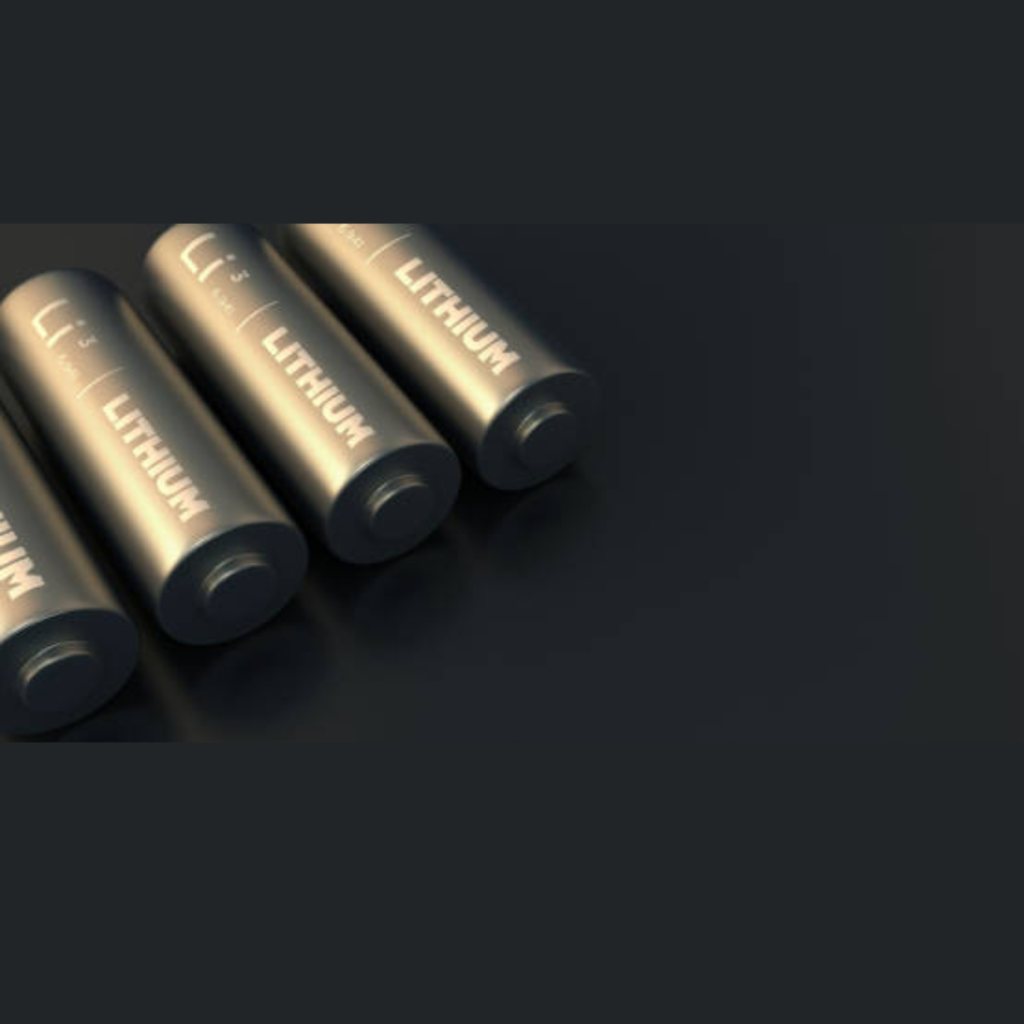
Lithium C batteries are noted for their long shelf life and use metallic lithium as a central conductor. They derive their charge from lithium ions’ movement and differ from rechargeable lithium-ion batteries found in portable electronic equipment like laptops and smartphones.
Rechargeable C Batteries and Their Types:

Rechargeable batteries come in two standard types – rechargeable and standard or non-rechargeable- with their unique specifications and suitability features. Rechargeable batteries mean they can be recharged multiple times, even hundreds of times. They are truly sustainable choices, and some of them come as built into the device they power. On the other hand, some versions of batteries necessitate a separate adapter or charger for their charging applications. There are some common types of rechargeable batteries, such as:
- Nickel Cadmium (NiCd or NiCads)
- Lithium iron (Li-ion)
- Nickel-Metal Hydride (NiMH)
Types of C Batteries Based on Their Voltage:
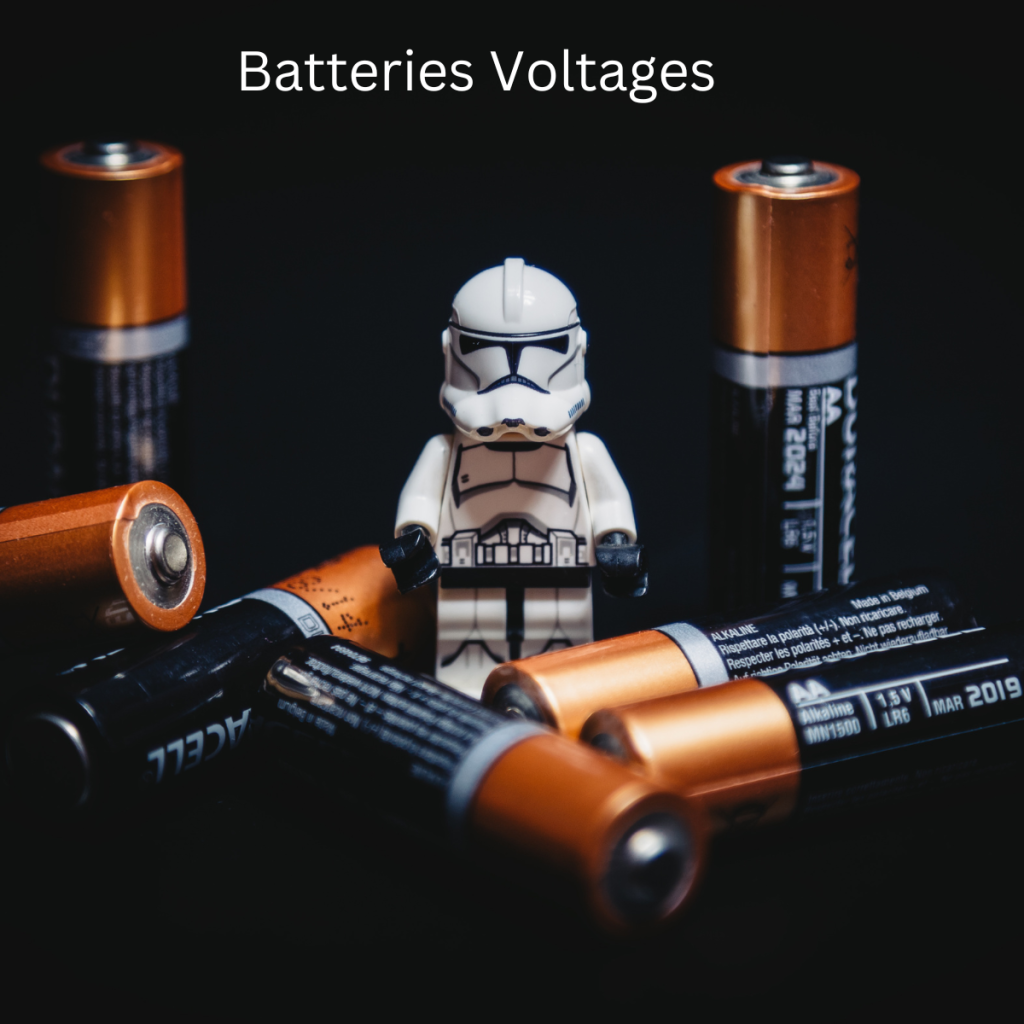
Batteries are also classified into various types based on their electrical charge strength – voltage. Batteries are properly labelled by their respective voltages corresponding to the battery’s capacity for specific operating conditions. Non-rechargeable batteries have the following nominal voltages:
- C Batteries with 3.6 Volt
These batteries are specifically designed for industrial and professional applications only to carry out their excellent performance in buoys, professional electronics, industrial applications, utility meters, etc.
- C Batteries with 3 Volt
Unlike 1.5V batteries, batteries with 3 volts are rather used in moderate draining and professional applications in various devices like gas and leak detectors, mining applications, smart gas meters, petrochemical monitoring, and oil tank level monitoring applications.
- C Batteries with 1.5 Volt
Non-rechargeable 1.5 volts batteries are the standard choices for everyday domestic items such as clocks, radios, remote controls, toys, and torches.
Factors for Choosing Best C Battery:

When buying for specific applications, selecting an appropriate battery is often confusing. The right battery type depends on the specific applications and devices used. Some of the basic parameters for ascertaining the right batteries include:
- Battery type
- Size
- Performance, and
- Shelf life.
Storage and Recycling of Batteries:

The storage capacity of batteries depends on their particular size and model, along with the power consumption. A rechargeable C battery for a durable torch usually has a life span between 2200 and 4500 milliamps (basic unit of electrical current, a 1.000th of an amp) hours (mAh). LR14 batteries, which are 1.5V, typically last over 18 hours when discharged at 200mA (milliamps).
On the other hand, batteries are recyclable with other standard battery package options. They are recycled and broken down into smaller constituents for reuse. In certain regions of the UK, the batteries are accepted by local authorities as standard collection services. At the same time, some authorities need you to recycle or dispose of batteries by taking them to collection points.
Best Markets for C Batteries in the UK:

Batteries are available in different types in the UK. There are multiple leading suppliers of c battery types with huge collections, including Enrgtech, Farnell, H-Squared, and RS Pro. Enrgtech carries the best collections at affordable prices on the market and with the fastest delivery services.
The Final Thoughts:
batteries offer an economical way to power a range of portable devices in domestic and industrial settings. Their remarkable designs and chemical compatibility with multiple items make them perfect for various applications. Their varied voltage specifications and types provide convenient selection criteria for specific requirements. It is recommended to dispose of them properly to avoid any hazards.








